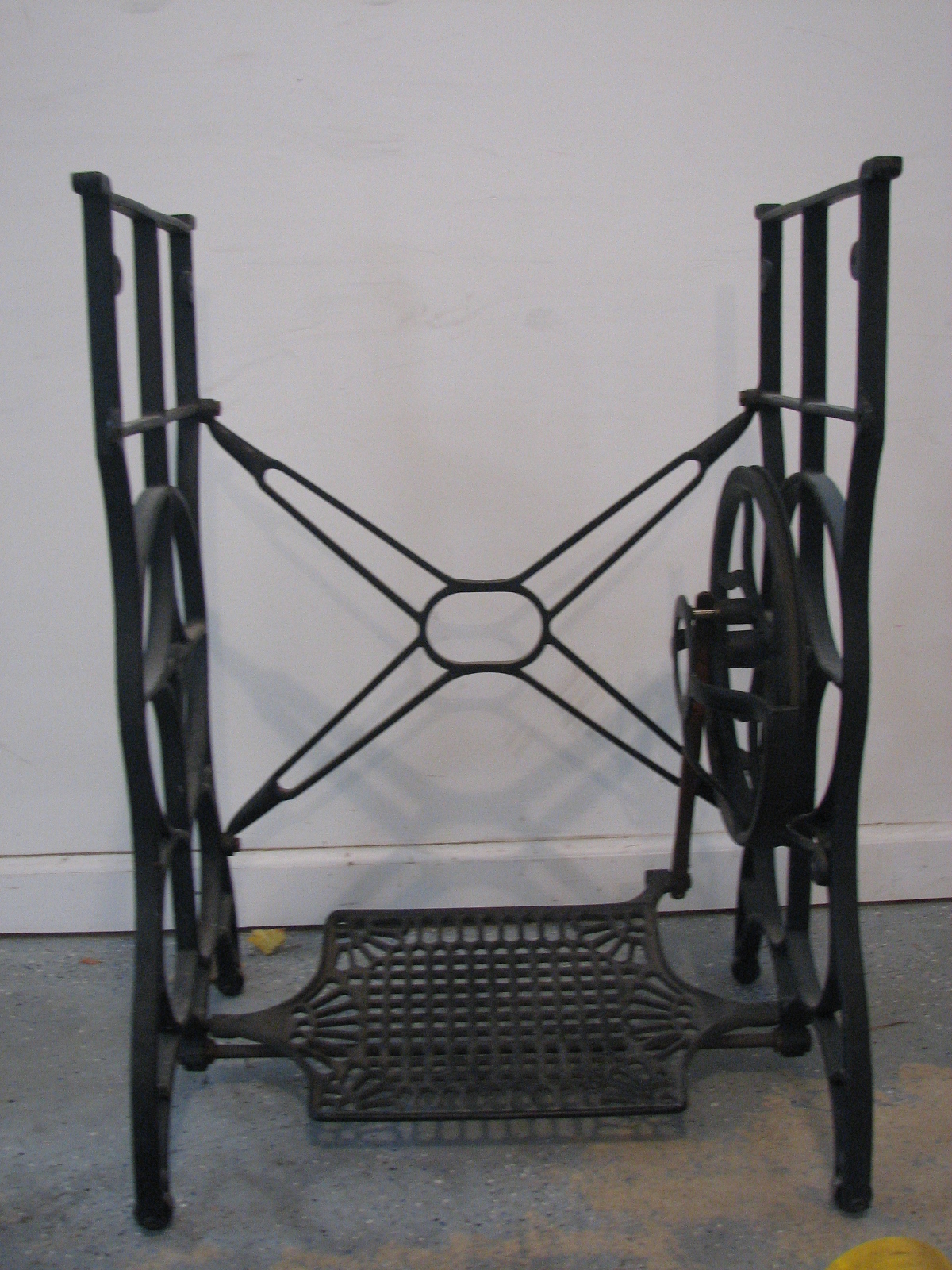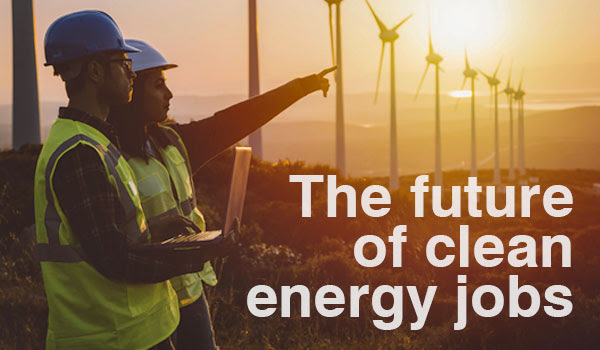Solarpunks should definitely check out LifeEdited, started by Treehugger founder Graham Hill. Their first prototype apartment was built in NYC to see how much life you could get out of a relatively tiny apartment. They managed to reduce their impact on the environment by fitting a 2-bedroom apartment with room to serve a dinner party of ten in a 420 square foot space!
After an even smaller second apartment, they’ve designed an entire off-grid house with solar panels, battery backup, composting toilets, and since it’s in Maui, plenty of room for surfboards. While all three projects had substantial funding, the underlying techniques used to enhance the spaces are applicable anywhere and and serve as a great inspiration on how to more efficiently use the space you have.
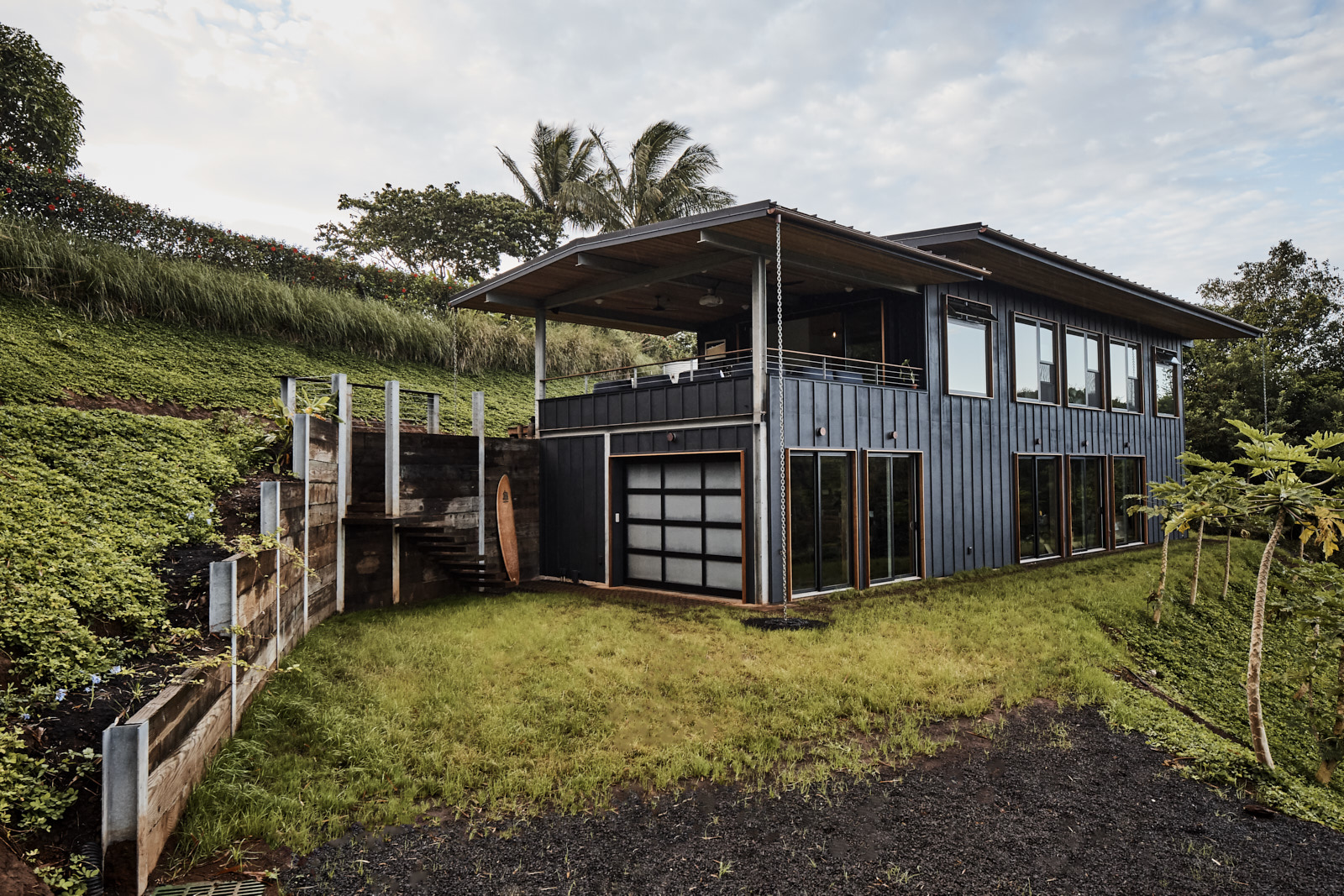 LifeEdited Maui
LifeEdited Maui
All of the furniture in the apartments and house is multi-purpose. In a place like New York City, where price per square foot is so high, even for renting, the high price of a transforming Murphy bed/couch from Resource Furniture would quickly pay for itself, although if you’re more inclined to DIY, then you can find Murphy bed kits for $200-300 without the mattress.
Transforming tables and folding chairs are often easier and cheaper to get. We have a dining table with leaf that we can remove when we want to save space. This gives us enough room when family visits for eating, but the ability to have a smaller table when it’s just two or three of us. My parents have a gate-leg table for family visits with chairs that fold up and fit inside the table so it only takes a small amount of room unless needed. A gate leg table and a Murphy bed would be great if you like having friends over for dinner but live in a small space.
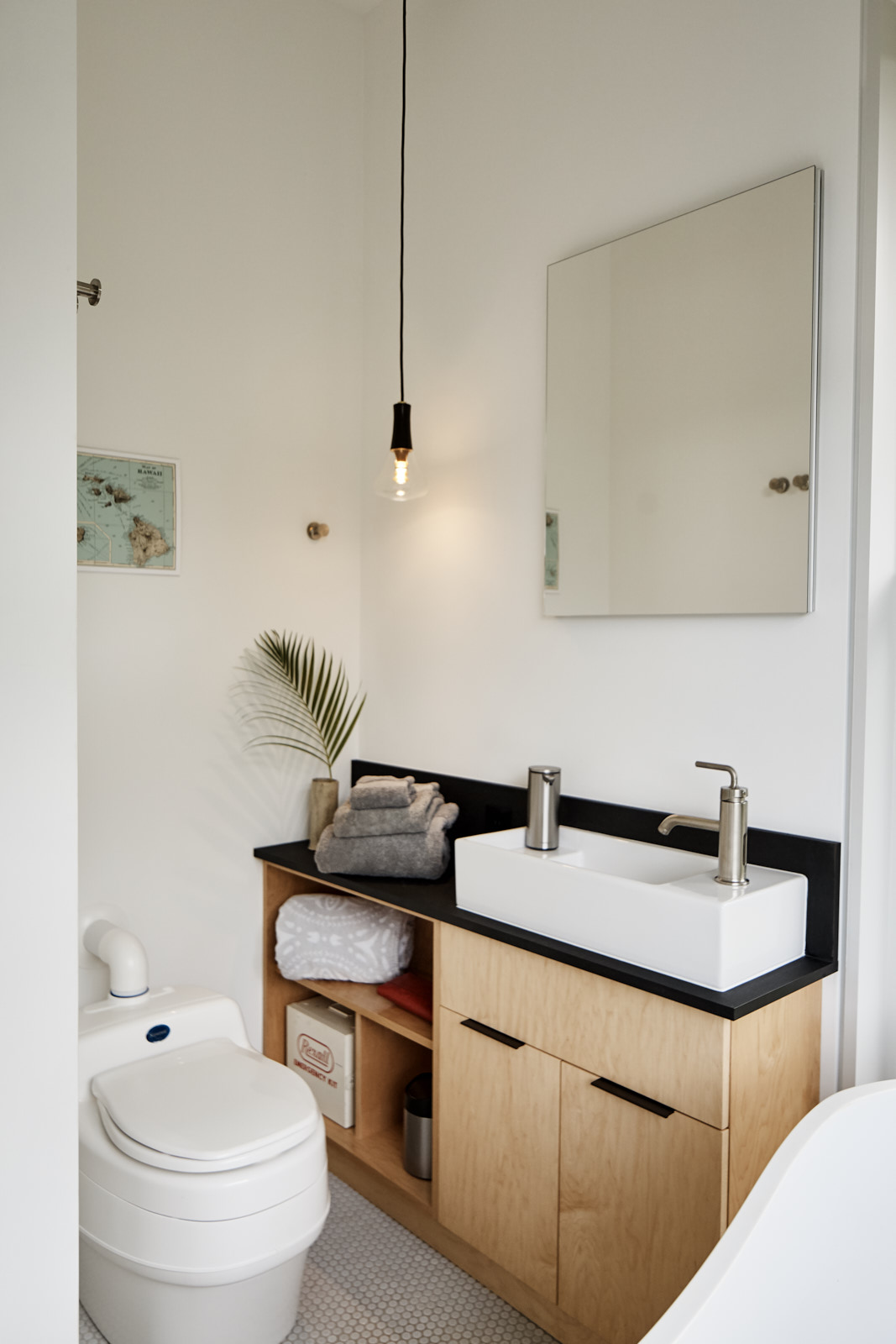
I shouldn’t find the composting toilet in the bathroom to be the most exciting feature, but I do.
Composting toilets eschew the current trend of flush toilets by treating waste in a waterless or low water manner, composting the waste instead of using clean water to flush it miles away to a treatment facility. I’ve mostly seen them used in off-grid cabins and tiny houses to date, but hope that systems with remote waste collection will allow for usage in more urban environments in the future. Especially in the U.S. where we treat all of our water to drinking water quality (a whole post in itself), using clean water to flush waste back to be treated again is just silly.
Do you have any cool pieces of transforming furniture? Have you used a composting toilet? Let us know about any pluses or pitfalls below, and thanks for stopping by!
via LifeEdited
Photographs by Shawn Hannah
A few Murphy bed DIY kits/plans (I have no affiliation with any of the following; just thought they might be helpful to start your search if you’re interested.)
And a set of plans for a gate-leg table and chairs: http://woodarchivist.com/3259-folding-table-chairs-set-plans/

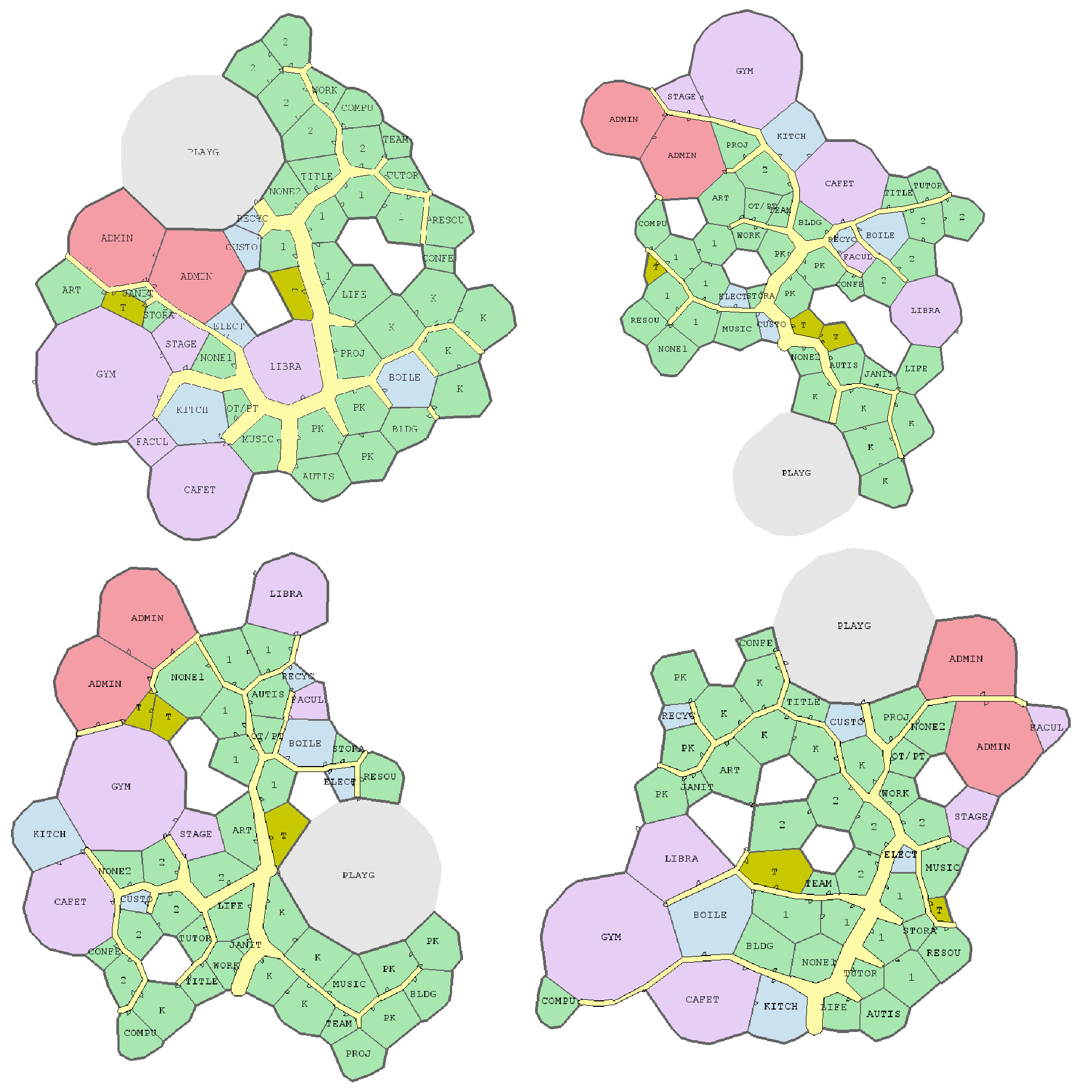








 LifeEdited Maui
LifeEdited Maui



